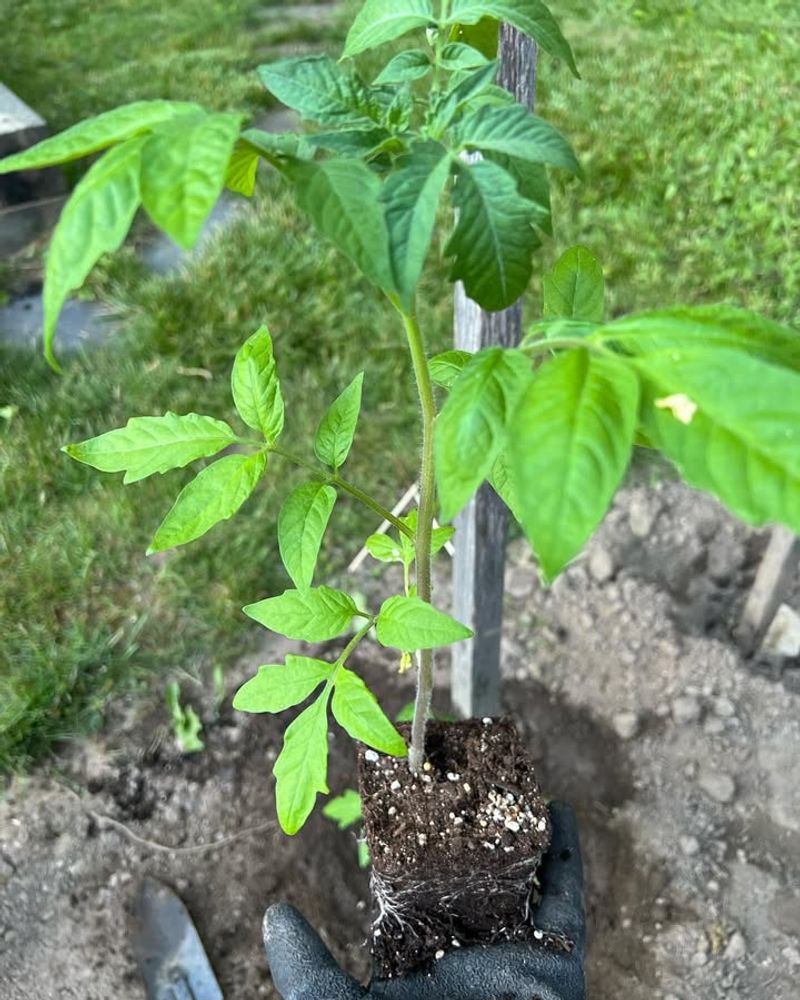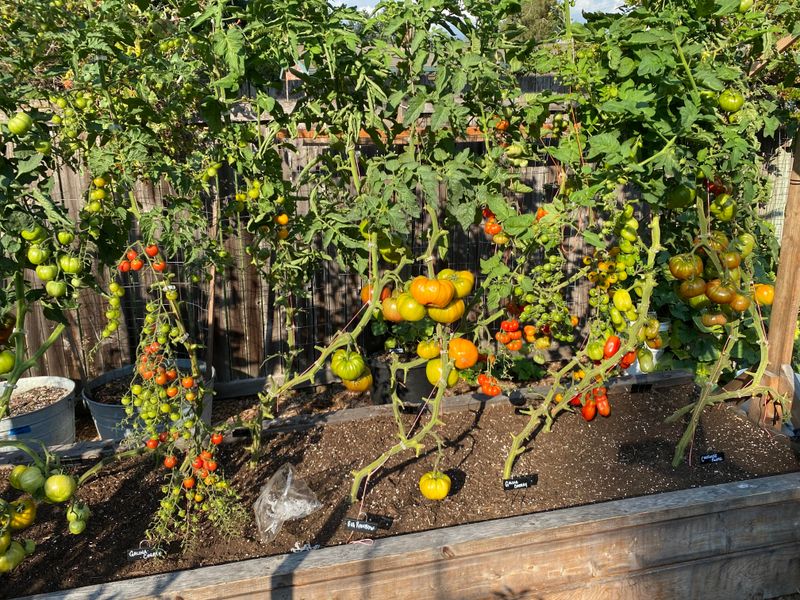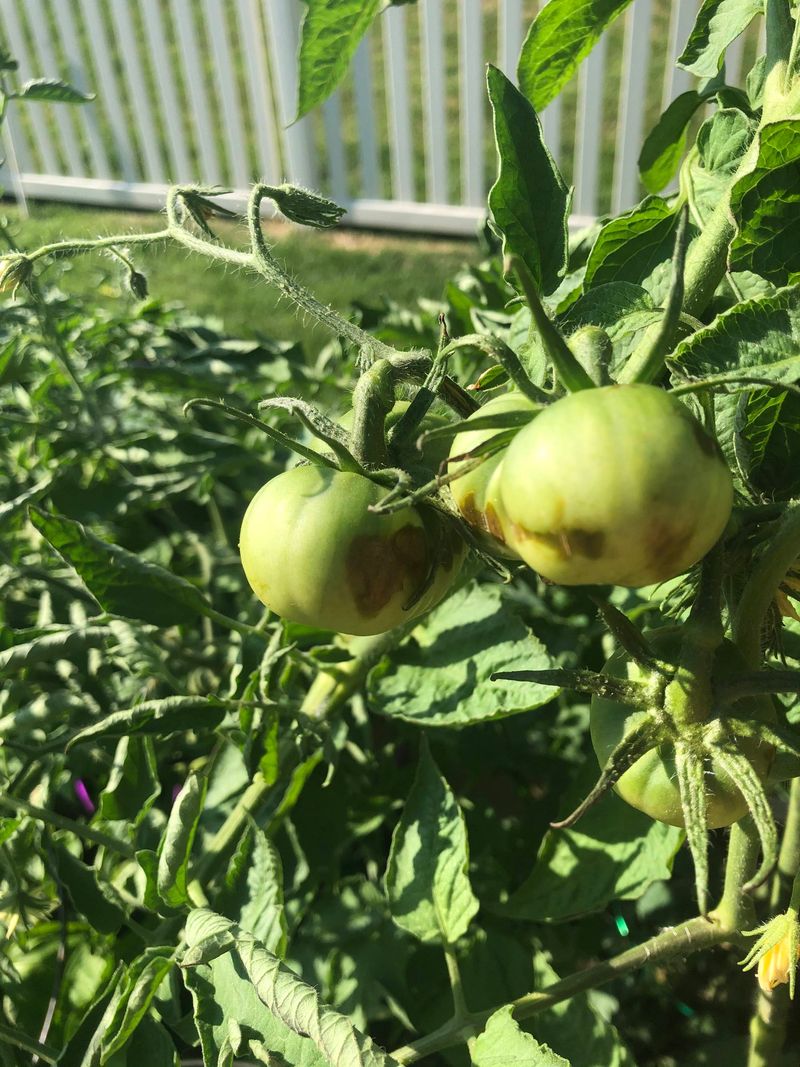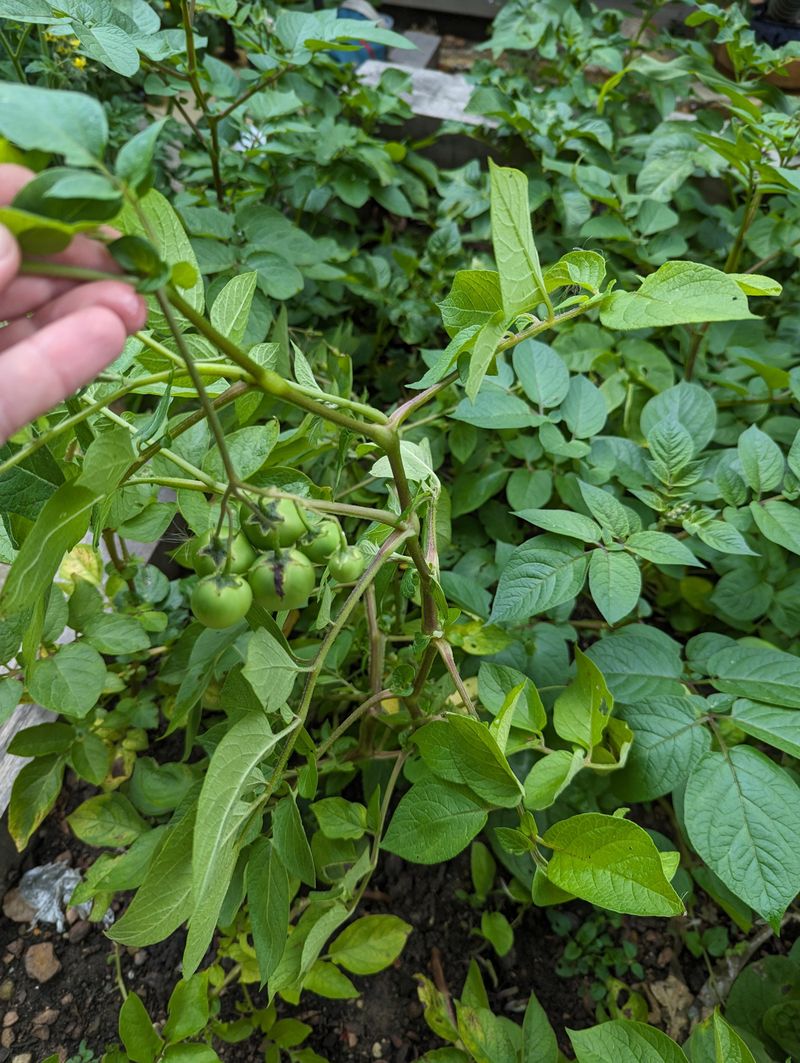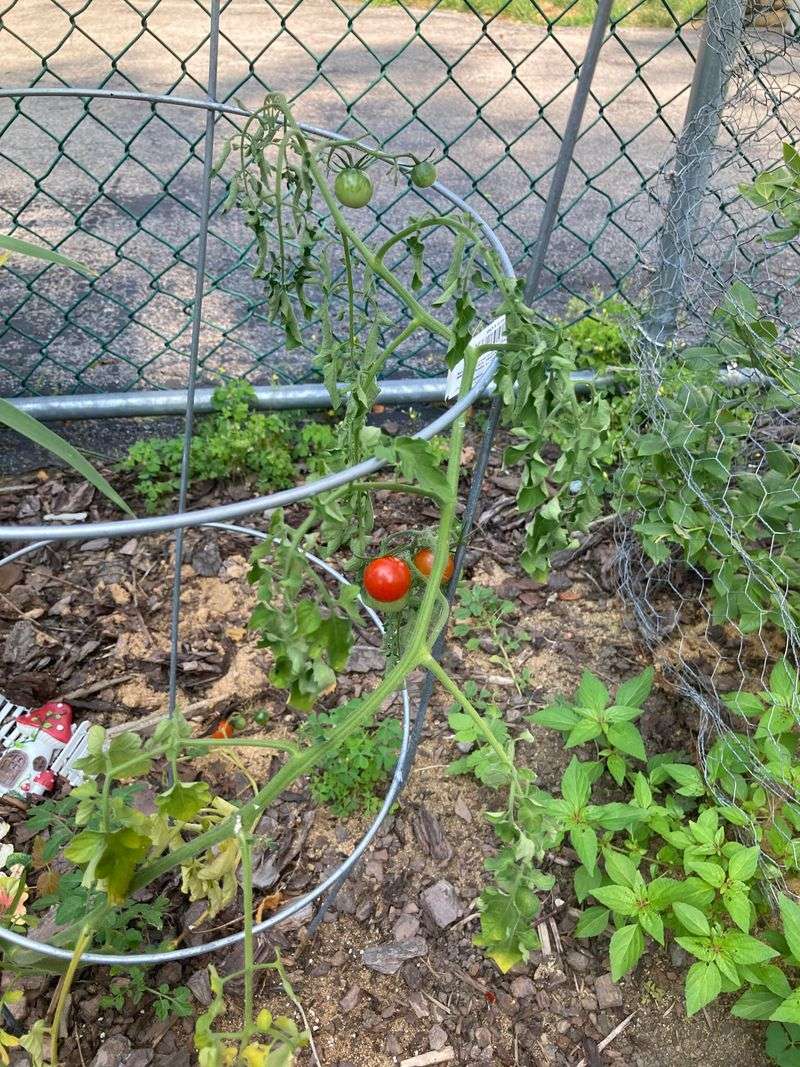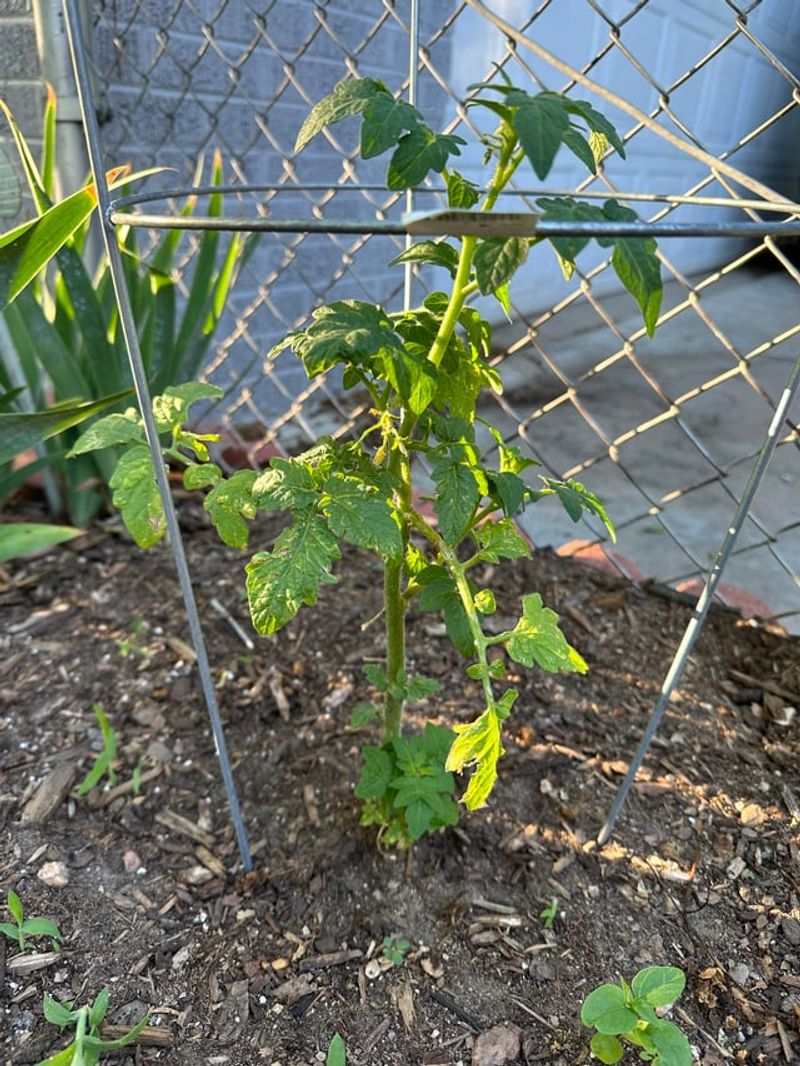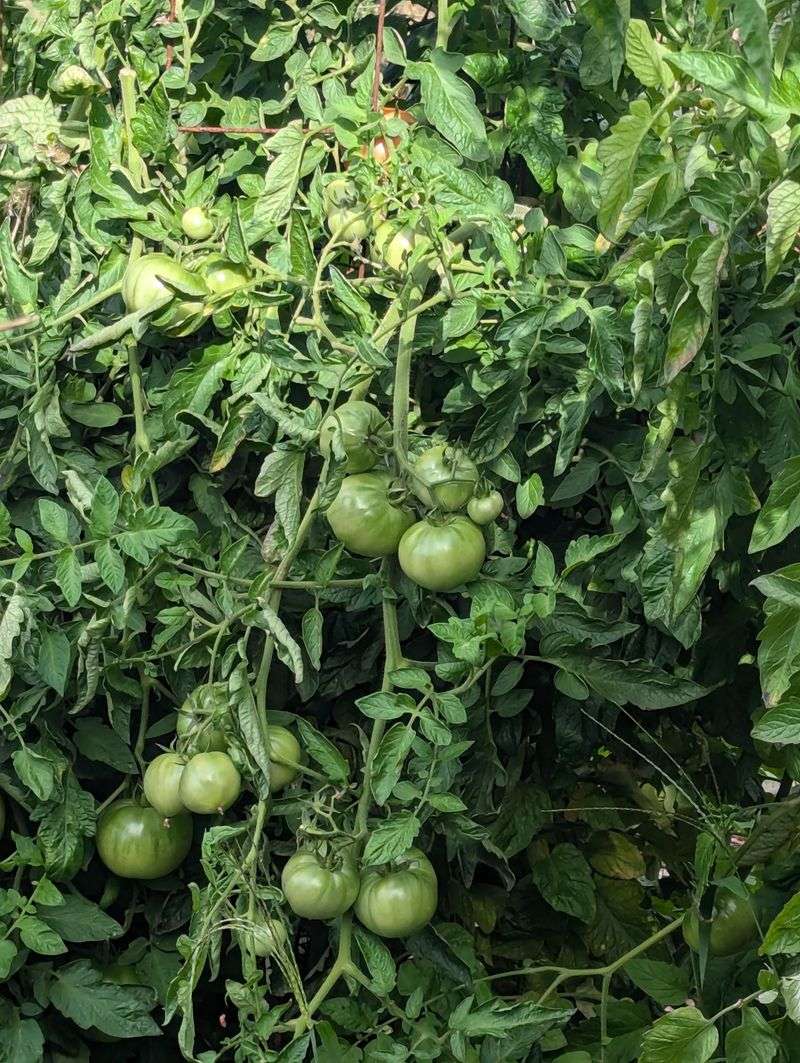Tomatoes are picky, and planting them in the wrong spot in Maryland can lead to disappointing results. I’ve made a few mistakes myself before figuring out the best—and worst—locations.
Soil, sunlight, and proximity to other plants all matter. Avoid these spots, and your tomatoes will reward you with a bountiful harvest.
1. Under Black Walnut Trees
Black walnut trees release a chemical called juglone that’s toxic to tomatoes and many other garden plants. Maryland yards often have these majestic trees, but their roots spread far and wide underground.
Even if you plant several feet away from the trunk, the invisible toxin can still reach your tomatoes through the soil. Your plants will wilt, turn yellow, and eventually die no matter how much you water or fertilize them.
Save yourself the heartache and choose a spot far from any black walnut trees in your Maryland garden.
2. In Heavy Shade Areas
Tomatoes are sun-loving plants that need at least six to eight hours of direct sunlight daily to thrive and produce fruit. Planting them in shaded corners or under thick tree canopies will leave you disappointed.
Without adequate sunshine, your Maryland tomato plants will grow tall and leggy, searching desperately for light. They’ll produce very few flowers and even fewer tomatoes, wasting all your gardening efforts.
Always choose the sunniest spot available in your yard for the best tomato harvest throughout Maryland’s growing season.
3. Near Downspouts and Drainage Areas
Water pooling around your tomato plants creates a recipe for root rot and fungal diseases. Maryland gets plenty of rain, especially during spring and summer storms.
Downspouts dump large amounts of water in concentrated areas, keeping the soil constantly saturated. Tomatoes need consistent moisture, but their roots must have oxygen too, which waterlogged soil doesn’t provide.
Planting near drainage areas also means your plants might get washed out during heavy Maryland thunderstorms. Pick higher ground with good drainage instead for healthier tomato plants.
4. Right Against Your House Foundation
That narrow strip along your Maryland home’s foundation might seem convenient, but it’s actually one of the worst spots for tomatoes. Foundation plantings often lack proper air circulation, trapping humidity against both your house and plants.
Maryland’s muggy summers already encourage fungal problems like early blight and powdery mildew. Add poor airflow, and you’re practically inviting disease to your garden.
Foundation areas also reflect heat intensely, potentially scorching leaves and stressing plants. Give your tomatoes breathing room away from walls and structures.
5. In Low-Lying Frost Pockets
Cold air behaves like water, flowing downward and settling in the lowest spots of your Maryland yard. During late spring or early fall, these frost pockets can damage or kill tender tomato plants overnight.
Even when the rest of your property stays warm enough, these low areas experience temperature drops that harm frost-sensitive tomatoes. Maryland gardeners know our growing season can be tricky with surprise cold snaps.
Plant tomatoes on higher ground or gentle slopes where cold air drains away naturally for better protection throughout the season.
6. Where You Grew Potatoes or Peppers Last Year
Crop rotation isn’t just fancy gardening talk—it’s essential for preventing disease buildup in your Maryland soil. Tomatoes, potatoes, peppers, and eggplants all belong to the nightshade family and share common diseases.
Planting tomatoes where their relatives grew last season invites problems like verticillium wilt and bacterial spot. Pathogens linger in the soil, waiting to attack your new plants immediately.
Rotate your crops to different areas of your Maryland yard each year, waiting at least three seasons before returning nightshades to the same spot.
7. In Compacted Clay Soil Without Amendment
Maryland’s heavy clay soil can be a tomato grower’s nightmare if you don’t improve it first. Dense, compacted earth prevents roots from spreading and blocks water drainage simultaneously.
Your tomato plants will struggle to establish themselves, staying small and producing disappointing yields. Clay soil also stays cold longer in spring, delaying planting time and shortening your Maryland growing season.
Before planting tomatoes in clay areas, work in plenty of compost, aged manure, and organic matter to create loose, fluffy soil that roots can easily penetrate.
8. Too Close to Aggressive Root Systems
Mature trees and shrubs in your Maryland landscape have extensive root systems that compete fiercely for water and nutrients. Planting tomatoes within their root zones means your vegetables will always lose the battle.
Tree roots are incredibly efficient at stealing moisture and fertilizer before your tomatoes can access them. Your plants will appear stunted and stressed despite your best care efforts.
Measure at least as far from the trunk as the canopy extends, then add several more feet for safety when choosing your Maryland tomato planting spot.
9. In Windy, Exposed Locations
Maryland’s spring and summer storms can bring powerful winds that batter unprotected tomato plants mercilessly. Constant wind exposure stresses plants, breaks branches, and knocks off developing fruit before it ripens.
Wind also dries out soil faster, meaning you’ll need to water more frequently in exposed Maryland locations. Your plants will spend energy anchoring themselves instead of producing delicious tomatoes.
Choose spots with some natural protection from fences, buildings, or hedges, or plan to install sturdy stakes and windbreaks for your vulnerable tomato plants.
10. Where Lawn Chemicals Are Applied
Herbicides and certain lawn fertilizers can devastate tomato plants even in small amounts. Many Maryland homeowners treat their grass without considering how chemicals drift or leach into nearby garden areas.
Weed killers containing dicamba or 2,4-D cause distinctive leaf curling and distortion in tomatoes, ruining your entire harvest. Even residue on equipment can contaminate your vegetables.
Create a buffer zone between treated lawns and your Maryland tomato garden, or better yet, switch to organic lawn care methods near edible plants for everyone’s safety.


